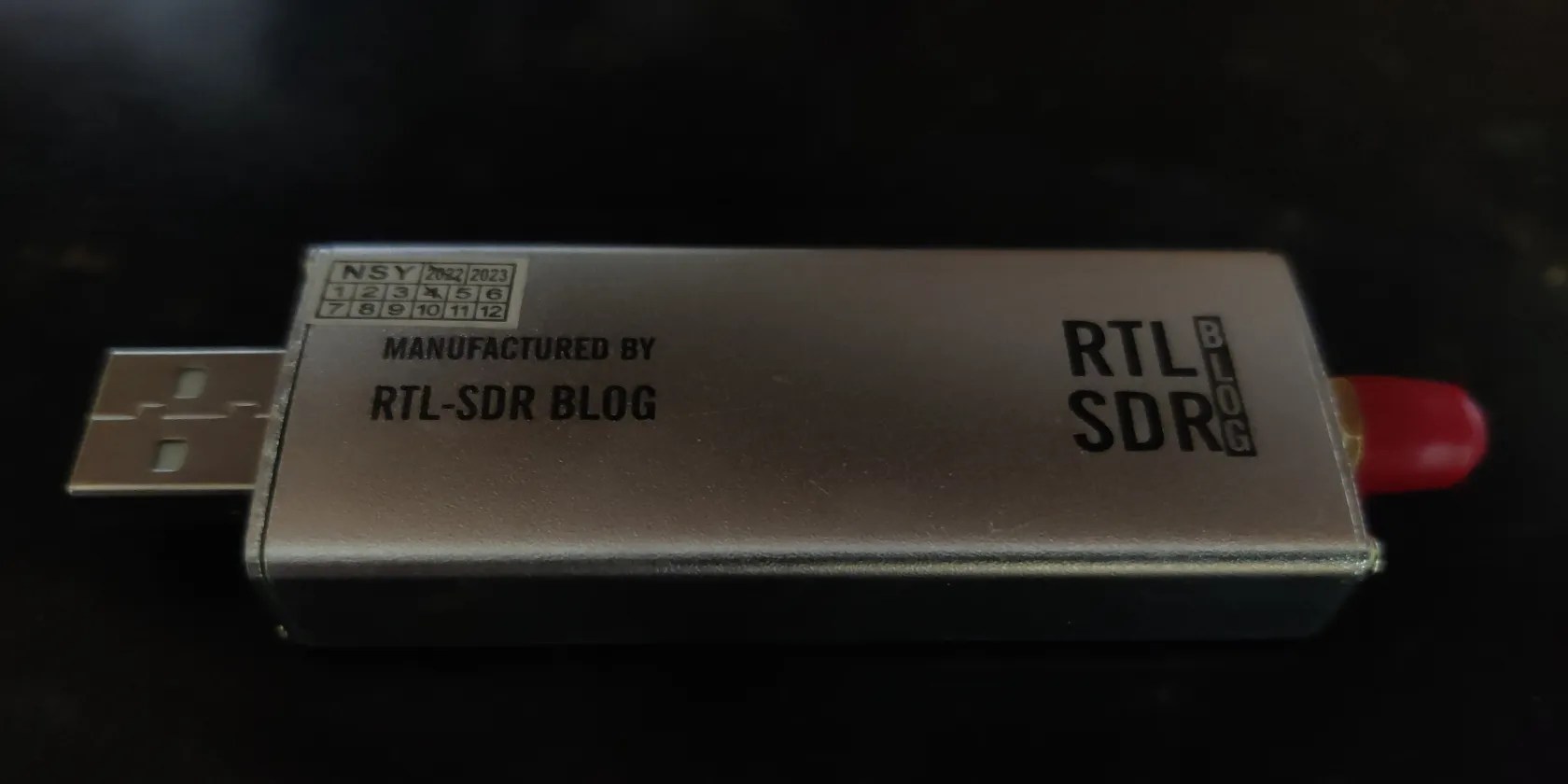How to Get Started With Software-Defined Radio on Linux
Software-defined radio is a hobby enjoyed by millions worldwide. With it, you can receive radio signals on your Linux PC using only software and a cheap USB dongle. You will be able to listen to commercial radio stations, as well as frequencies that are outside the range of normal FM radios, and you even receive complex data such as pictures over the radio.
Sign up forfree
Forgot your password?
Create an account
*Required: 8 chars, 1 capital letter, 1 number
By continuing, you agree to thePrivacy PolicyandTerms of Use.You also agree to receive our newsletters, you can opt-out any time.

Radio is one of the oldest communication technologies which allow humans to send messages over long distances. Early radios were massive electro-mechanical devices with valves, tubes, oscillators, and dials, which required time to heat up and were complex to operate.
Later radios could fit in your pocket but still required hardware controls to tune a radio to the correct frequency where a signal could be made out.

Software-defined radios use software, rather than physical hardware to receive analog radio signals, which are then converted to a digital signal.
What You Need to Start Using Software-Defined Radio on Linux
To start using SDR on Linux you will need:
How to Receive Radio Signals on Linux
Open up a terminal with the key comboCtrl+Alt+Tor by selecting terminal from your menu system, then update and upgrade any installed packages using APT:
Install thertl-sdrpackage, and the GQRX software-defined radio receiver package:

This is a small command but will result in a large download of around 700MB—depending on which dependencies you already have installed. Before you start, you should make sure you havesufficient free space on your Linux system.
Once you return to the prompt, reboot your system.

Once your Linux system is back up again, attach the antenna to your SDR USB stick and plug it into a spare USB port. Now open another terminal and check if your system has the right drivers and has successfully detected your SDR hardware.
The output should reveal the device name along with the supported gain values. Take note of the device name and model number. In this case, these are “Realtek, RTL2838UHIDIR”.

You have successfully installed the hardware you need to use your software-defined radio.
Using Your Software-Defined Radio on Linux
You have already installed the GQRX receiver software. Launch it from your start menu or from the terminal, and in the window that appears, choose your model name from the drop-down list, and leave the other fields with their default values.
Once on the main GQRX screen, it’s possible to start scanning the airwaves by hitting the triangular “Play” button in the top left of the screen. It’s unlikely you will pick up any strong signal right away, and if your computer speakers are turned on you will hear only static.
GQRX will display a random waveform in the top half of the screen (spectrum display) and the bottom half of the screen (thewaterfall display) will begin to fill with blue.
The current frequency is displayed along the top of the screen, and you can change this value by clicking on each digit or by scrolling using your mouse wheel. You can fine-control the frequency by dragging the red bar across the spectrum display to a strong signal.
Select “Input controls” on the right of the screen and increase “LNA gain”. This will amplify the signal strength which is coming to GQRX from the USB SDR.
You should be able to see spikes in the spectrum display on frequencies where a strong signal is detected. You can tune in on these by clicking on the spike.
You Can Now Use GQRX and an SDR to Receive Radio Signals on Linux
These were the basics of getting started with SDR on Linux. To continue your journey, investigate strong signals and interesting frequencies in your area. You will be able to hear police radios, taxi traffic, and even air traffic control communications. Remember that to transmit radio signals, you will need a license.
If you don’t want to invest in the hardware required to set up an SDR, you can listen to the radio using your web browser.
If you’re a fan of the radio, you’ll know it’s not always easy to find a signal. Here are the five best websites you can use to listen to the radio.
You’re conveying the wrong meaning when you send these emojis.
I plugged random USB devices into my phone and was pleasantly surprised by how many actually worked.
Free AI tools are legitimately powerful; you just need to know how to stack them.
Your iPhone forgets what you copy, but this shortcut makes it remember everything.
These films will leave you questioning humanity, but also wanting more.